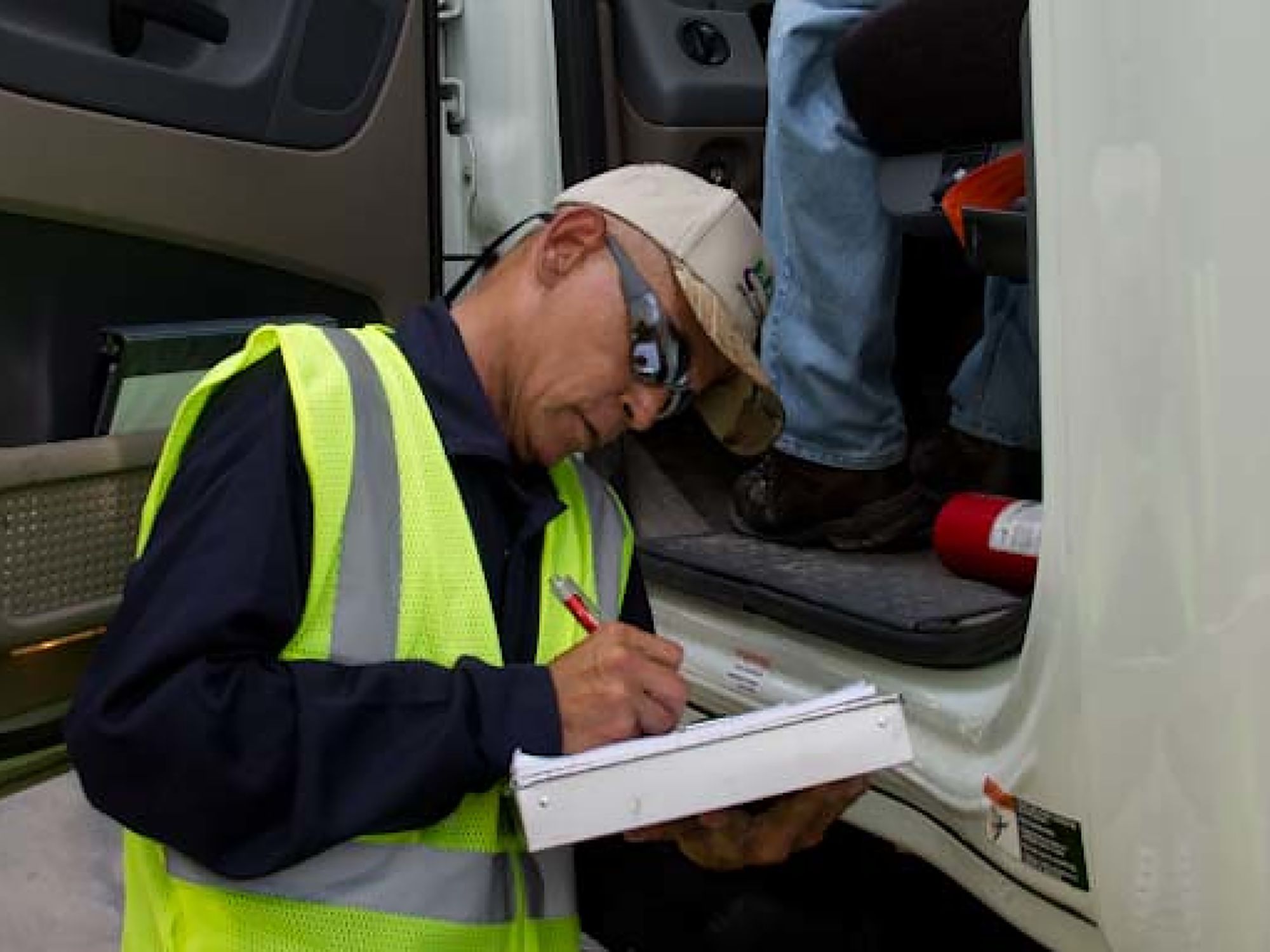
Be Part of the Ultimate Safety & Compliance Community
Trending news, knowledge-building content, and more – all personalized to you!
:
|

New motor carriers are subject to a “new-entrant safety audit” during the first 18 months of business. The audit itself usually occurs after the carrier has been in business for at least 3 months, but no more than 12 months, with a final report issued within 18 months.
The purpose of this pass/fail audit is to provide educational and technical assistance to the carrier and to gather enough data to assess whether the carrier has an adequate safety management program. Those who fail the audit are required to take corrective actions and prove compliance before being granted permanent registration as a motor carrier. The audit does NOT result in a safety rating.
The audit will be conducted once the carrier has been in operation long enough (generally at least three months) to have enough records on hand to allow the Federal Motor Carrier Safety Administration (FMCSA) to evaluate the carrier’s safety management controls. The audit can be expedited if serious violations are discovered.
All records and documents required for the safety audit must be made available for inspection upon request by the FMCSA. The areas for review include, but are not limited to, driver qualification, hours of service, vehicle maintenance, the accident register, and drug and alcohol testing.
For details on how carriers are assessed during the audit, refer to Part 385, Appendix A.
Sixteen regulations have been identified as essential elements of basic safety management controls necessary to operate in interstate commerce. If a motor carrier has not complied with any one of these regulations, the carrier will fail the new-entrant audit and will receive notice that its U.S. Department of Transportation (DOT) new-entrant registration will be revoked. Violations that will result in automatic failure of the audit are:
When the audit is complete, the auditor will review the findings with the company. If the company fails the audit, it typically will be given 60 days to correct the problems. This period is reduced to 45 days for carriers that transport passengers or hazardous materials in quantities requiring placarding.
More details about new-entrant audits can be found in Part 385, Subparts D and H.

New motor carriers are subject to a “new-entrant safety audit” during the first 18 months of business. The audit itself usually occurs after the carrier has been in business for at least 3 months, but no more than 12 months, with a final report issued within 18 months.
The purpose of this pass/fail audit is to provide educational and technical assistance to the carrier and to gather enough data to assess whether the carrier has an adequate safety management program. Those who fail the audit are required to take corrective actions and prove compliance before being granted permanent registration as a motor carrier. The audit does NOT result in a safety rating.
The audit will be conducted once the carrier has been in operation long enough (generally at least three months) to have enough records on hand to allow the Federal Motor Carrier Safety Administration (FMCSA) to evaluate the carrier’s safety management controls. The audit can be expedited if serious violations are discovered.
All records and documents required for the safety audit must be made available for inspection upon request by the FMCSA. The areas for review include, but are not limited to, driver qualification, hours of service, vehicle maintenance, the accident register, and drug and alcohol testing.
For details on how carriers are assessed during the audit, refer to Part 385, Appendix A.
Sixteen regulations have been identified as essential elements of basic safety management controls necessary to operate in interstate commerce. If a motor carrier has not complied with any one of these regulations, the carrier will fail the new-entrant audit and will receive notice that its U.S. Department of Transportation (DOT) new-entrant registration will be revoked. Violations that will result in automatic failure of the audit are:
When the audit is complete, the auditor will review the findings with the company. If the company fails the audit, it typically will be given 60 days to correct the problems. This period is reduced to 45 days for carriers that transport passengers or hazardous materials in quantities requiring placarding.
More details about new-entrant audits can be found in Part 385, Subparts D and H.